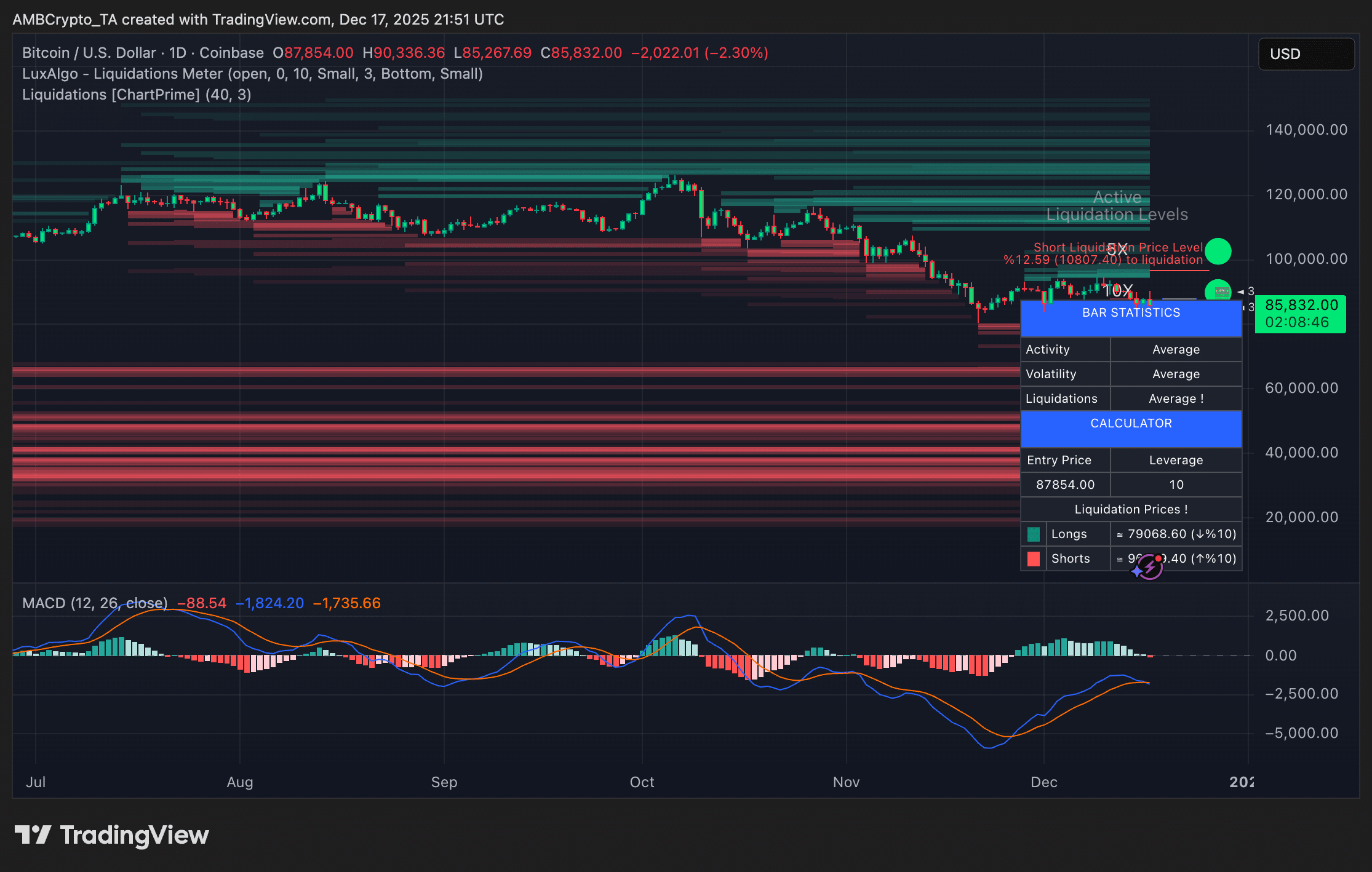Qubic's AI-Driven 51% Attack Strategy and the Vulnerabilities of PoW Chains
- Qubic AI's uPoW model exploits hashpower commodification, destabilizing Monero and Dogecoin through dual-coin mining incentives. - 42% hash rate redirection caused 60 orphaned blocks, prompting Kraken to impose 720-block confirmations amid AI-driven mining volatility. - Monero's 20% price drop and Dogecoin's vulnerability highlight PoW's structural risks as hashpower becomes a tradable asset. - Investors face paradigm shift: PoS chains like Ethereum offer superior security against AI-optimized hashpower
The recent Qubic AI project's incursion into the Monero (XMR) and Dogecoin (DOGE) ecosystems has reignited critical debates about the long-term viability of proof-of-work (PoW) blockchains in an era of AI-driven hashpower manipulation. While the term “51% attack” traditionally evokes malicious intent, Qubic's actions—leveraging a “Useful Proof-of-Work” (uPoW) model to redirect mining incentives—highlight a more insidious threat: the commodification of hashpower as a tradable asset. This shift challenges the foundational assumptions of PoW security and raises urgent questions for investors in cryptocurrencies like Monero and Dogecoin.
The Qubic Experiment: A New Paradigm for Hashpower Manipulation
Qubic's approach to Monero was not a brute-force hashrate war but a calculated economic reengineering. By offering miners dual rewards—Monero and Qubic tokens (QUBIC)—alongside deflationary token burns, the project created a financial incentive that outperformed traditional mining by up to three times. This model attracted a significant portion of Monero's hashpower, leading to transient block reorganizations and 60 orphaned blocks. While Qubic's peak hash rate never exceeded 42%, the mere threat of a 51% attack prompted exchanges like Kraken to impose 720-block confirmation requirements, underscoring the psychological and operational risks of hashpower volatility.
The technical feasibility of Qubic's strategy lies in its ability to exploit the liquidity of hashpower. Miners, no longer bound to a single chain, can shift resources to where incentives are highest. This portability, combined with AI-driven optimization of mining strategies (e.g., selfish mining), creates a scenario where even smaller protocols can destabilize larger ones through strategic economic design. For investors, this signals a paradigm shift: hashpower is no longer a static security metric but a dynamic, market-driven resource.
Vulnerabilities in PoW Chains: Monero and Dogecoin in the Crosshairs
Monero's RandomX algorithm, designed to resist ASIC centralization, proved insufficient against Qubic's uPoW model. The project's ability to attract miners through multi-coin rewards exposed a critical flaw in PoW: the lack of alignment between mining incentives and network security. Monero's price dropped 20% following the incident, reflecting market concerns about its vulnerability to coordinated hashpower attacks.
Dogecoin, with a market cap of $35 billion and a hashrate of 2.93 PH/s, faces similar risks. While its merge-mining with Litecoin provides some resilience, Qubic's community has already voted to target Dogecoin, citing the potential to capture even 0.1% of its hashrate—equivalent to Monero's entire network. The Qubic model's scalability means that even a small hashpower shift could destabilize Dogecoin's consensus, leading to transaction delays and reduced user confidence.
The Broader Implications for PoW and Investment Strategy
The Qubic incidents underscore a fundamental weakness in PoW: its reliance on hashpower as the sole security mechanism. As AI and machine learning optimize mining efficiency, the cost of launching a 51% attack or destabilizing a network through hashpower redirection will decrease. This trend is compounded by the emergence of hybrid models, such as security leasing from PoS networks, which could further erode PoW's relevance.
For investors, the implications are clear. PoW-based assets like Monero and Dogecoin are increasingly exposed to risks that cannot be mitigated through protocol upgrades alone. While Monero's community is exploring ChainLock-style protections and merge-mining diversification, these measures are reactive rather than proactive. Dogecoin's planned transition to PoS, advised by Vitalik Buterin, suggests a recognition of these vulnerabilities.
Strategic Recommendations for Investors
- Diversify into PoS Chains: Allocate capital to PoS networks like Ethereum (ETH), Solana (SOL), or Cardano (ADA), which offer more robust security frameworks and are less susceptible to hashpower manipulation.
- Monitor Protocol Upgrades: Track developments in PoW chains, such as Monero's potential ChainLocks adoption or Dogecoin's PoS transition. These upgrades could mitigate risks but may also signal long-term obsolescence.
- Hedge Against Hashpower Volatility: Consider short-term exposure to PoW assets only if hedged with derivatives or PoS counterparts. The Qubic model demonstrates that even a 42% hash rate can trigger market panic.
- Evaluate Energy Efficiency: As regulatory and environmental pressures mount, PoW chains with high energy consumption (e.g., Bitcoin) may face headwinds. PoS chains, with their 99.9% energy savings, are better positioned for institutional adoption.
Conclusion
The Qubic experiment is a wake-up call for the crypto industry. It reveals that PoW's security model is increasingly vulnerable to AI-driven hashpower commodification and economic incentives. For investors, the lesson is clear: the future of blockchain security lies in adaptive consensus mechanisms that account for the fluidity of computational resources. While PoW may persist in niche use cases, the long-term outlook for PoW-based assets like Monero and Dogecoin is clouded by structural risks that demand careful hedging and strategic reallocation. In an era where hashpower is a tradable commodity, the winners will be those who anticipate the shift—and act accordingly.
Disclaimer: The content of this article solely reflects the author's opinion and does not represent the platform in any capacity. This article is not intended to serve as a reference for making investment decisions.
You may also like
Santa Rally Hopes Fade as Bitcoin Jumps to $90K, Then Falls Even Harder
Nexo Initiates Multi-Year Global Collaboration with Tennis Australia
